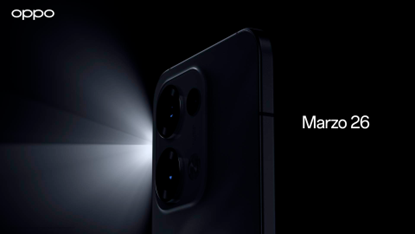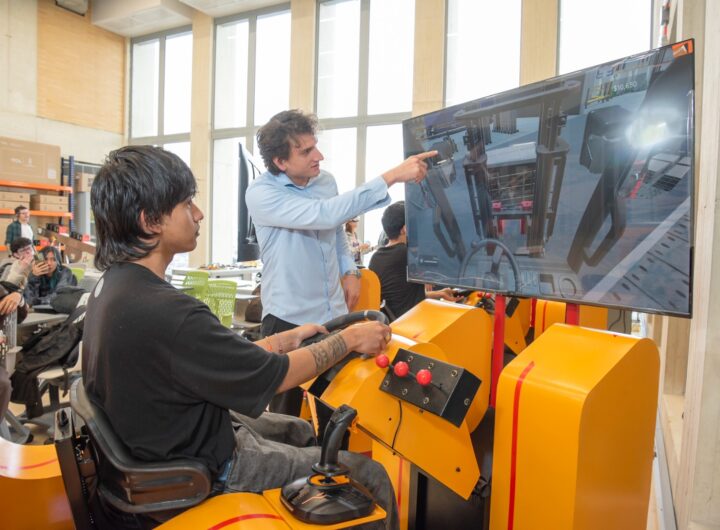
Organisations are variously good or bad at innovation. Whether they fit into the former or the latter category, all seem to feel the need from time to time to set up an innovation group that sits outside their normal brand teams or business categories.
The arguments for doing this run along one or other of the following lines (a) we are getting lots of innovation, but it is all incremental – we need fewer, bigger better ideas, (b) we are getting good innovation in our current categories, but we are not opening up new areas and our people are currently focussed on getting their day jobs done (c) our innovation success rates are not good enough, we need to develop better capabilities in this area and focus some resource behind it.
Hence, the decision is made to create a dedicated innovation team, usually consisting of 6-8 people who sit outside of the normal business. And they will be set objectives related to one or more of the three areas outlined above.
In principal this approach seems like it should make a lot of sense. For sure innovation is a specialist discipline which requires people who know what they are doing, for sure marketing teams are often too busy doing what they are incentivised to do (deliver the current years plan) and it’s also true that once an organisation is established it takes a dedicated effort to move the business into new areas and establish a strong innovation culture. Despite this apparent common sense, it is rare to find examples of this approach delivering the intended results for a company. More likely the team will chart the following course (which we have observed in one form or another in at least a dozen cases):
Year 1: The team sets about recruiting the right people, setting its vision and most importantly creating its own “space”. Its own space being a part of the office set aside for the new team which is to be re-decorated in brighter colours, have the desks replaced with bean bags and flip charts and a selection of wacky adult creative play toys installed in a large plastic container in the corner. If the budget will stretch to it there will also be a table football machine added so that people from other departments will drop in creating a sense of “one team”.
Typically in this first year the team also invites every innovation agency under the sun to come in and present in the hope of getting some “inspiration” that will help them create their “own” process for ideation, plus of course the mandatory funnel and gate system.
Another first year favourite activity involves the entire team going on a global trend tour taking in Tokyo, Hong Kong, Shanghai, New York (less popular as a trend tour destination than it once was, but nevertheless worth including because of the shopping), Sao Paulo, Moscow, Mumbai etc.
Wow, that’s year one pretty much over – doesn’t time fly! At this point the leader of the team will need to provide a progress report back to the team’s sponsor. They will report that the team is now in place, that they have developed a systematic process for creating and assessing ideas, that there are some interesting insights coming out of the global trend work that they have been doing (these will look a lot more interesting than they really are because they will be shown on very nice PowerPoint slides) and that they are well placed to start creating some significant opportunities next year. The sponsor will already be a little worried that nothing very tangible has been delivered, but will hold back on the basis that this is a “creative” team who need to be given time and space to perform.
Year 2: The team starts to get down to what is often, some very promising work. A number of key opportunity areas will be identified and projects convened around them. Ideas will be identified and developed, new technologies explored and incorporated, concept boards created and rough business cases produced. The smarter of these teams have worked closely with the brand, commercial and R&D teams throughout the process to ensure they build commitment to the ideas and mitigate against the oft quoted Not Invented Here syndrome (NIH).
By around half way through the second year the team’s original sponsor has left the business and his replacement naturally wants a progress update. Looking at the figures she can see the cost of 6-8 head-count, plus the budget for external agency help and the expenses of vital trend tours – in total this has almost certainly exceeded £500k (fortunately the cost of the bean bags etc is hidden in another budget). On seeing the new concepts the team has developed she is quite impressed, there are some interesting ideas but, new in post she needs more – namely an early market place success to justify the spend.
With six months to go before their budget is reviewed the team sets about deciding which of their concepts will be the quickest wins. Spreading their bets they decide to work on commercialising three of them, but this will require additional budget and more importantly dedicated resource from the commercial guys. Their request for funding and resource is only partially met. They get half the budget and part-time resource from the finance and production departments, but they will need to do the bulk of the development work themselves.
By this time it’s already too late, they have hit the classic trap of spending all of their time and money on the “fuzzy front end”. The capabilities they built were all about generating concepts – assuming that they would hand the ideas off at concept stage to “someone from a brand / commercial teams”. Unfortunately, these people are still more interested in doing things they get paid and bonused for than taking on new projects part way through the year that are both high risk and not on their official objectives.
By the end of the second year none of the projects have been delivered. All of the people in the team bar two have been “re-deployed”. The remaining two (the leader and one manager) are given a small budget for the first half of the following year to consolidate the learning and create a training program in their “way of doing innovation” to transfer the capabilities back to the brand teams. After six months the training program has been created and piloted, but the leader has announced he is leaving to create his own innovation agency. The remaining manger stays in post another year or so to be a kind of “internal consultant” on innovation and to facilitate brainstorming sessions before eventually being absorbed into the research team to focus on “foresight” work.
OK, so this is a slightly tongue-in cheek look at the corporate innovation team. And there are plenty of examples of innovation teams out there doing excellent work. However, there are some common mistakes in the story that we have seen multiple teams fall into. The key lessons for anyone trying to set up such a group:
- Get very clear about the type of innovation such a team should focus on – dedicated innovation teams are usually best focused on ‘Stretch’ and ‘Supersede’
- Get the team capabilities right – the team needs commercial and finance brains at least as much as facilitators and ideation (it’s often more efficient to outsource most of the foresight, insight and ideation work)
- Get board level sponsorship and establish realistic delivery and investment timelines with them
- Check for ideas that are already in the business (the winning ones are almost certainly hiding in there somewhere) and focus on commercialising some of them quickly to get some wins on the table
- Bring acquisitions, JV’s, partnerships into scope for delivering the innovation
- Plan in resource to devise the best way to integrate the innovation back into the business – likely to include re-deploying some of the innovation team into operational roles to assist in the transition and ensuring the reward an incentive plans of the operational team are aligned with success.
Fuente: http://www.happen.com/








